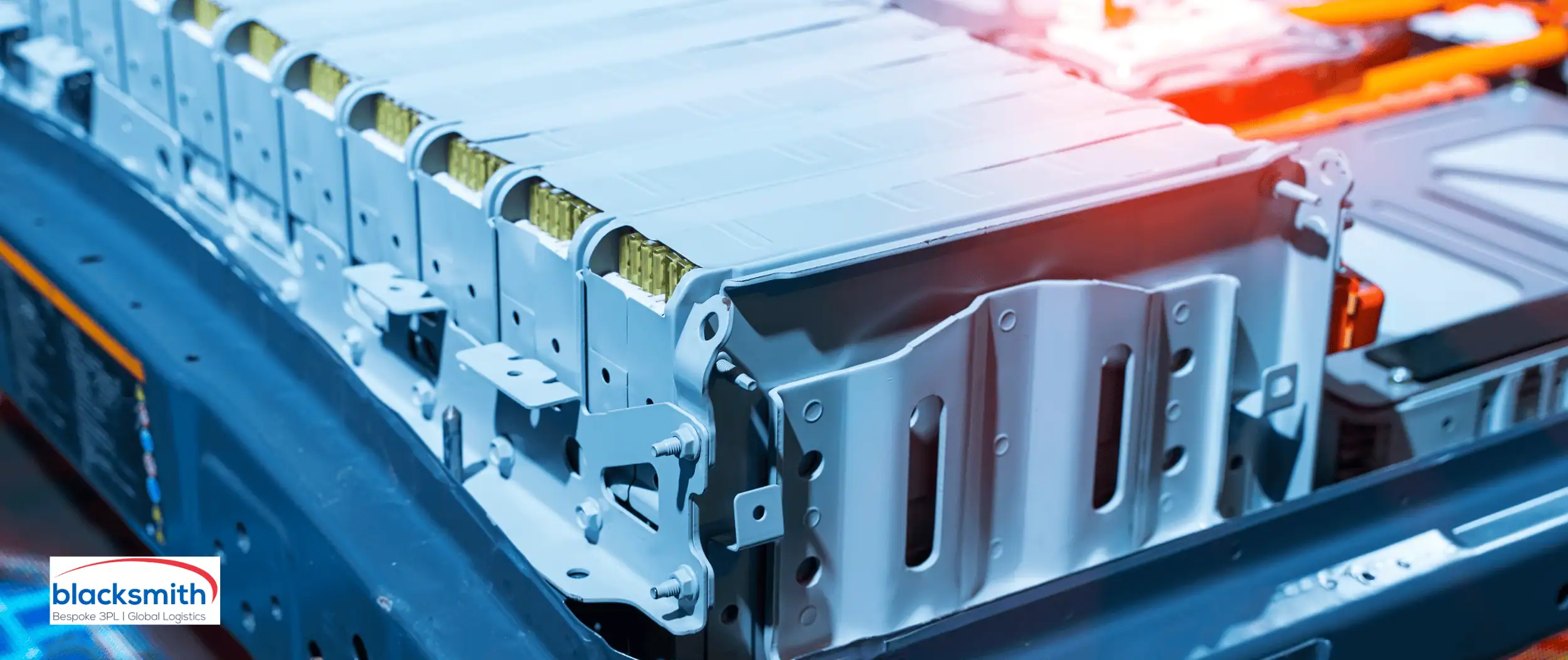Shipping lithium-ion batteries presents unique challenges that demand careful consideration and expertise. As these powerful energy sources become increasingly prevalent in our tech-driven world, understanding the intricacies of safe and efficient transportation is vital for both manufacturers and retailers.
The article provides guidance and consideration for manufacturers and retailers, but due to the complexity of shipping lithium-ion batteries, it is essential that you seek specific advice from us first.
Understanding the Regulations for shipping lithium-ion batteries
Lithium-ion batteries contain flammable electrolytes, and as such, are subject to specific regulations when being transported. It is therefore vital to ensure the right due diligence is carried out to ensure their proper handling and protection throughout transportation and storage.
One of the primary regulatory frameworks for shipping these batteries is provided by the International Air Transport Association (IATA), which has stringent guidelines for air transport. The United Nations also plays a significant role through its UN Model Regulations on the Transport of Dangerous Goods, which classify lithium-ion batteries as Class 9 hazardous materials.
Compliance with these regulations requires a thorough understanding of the classification of lithium-ion batteries. Different types of batteries, such as those contained within equipment, packed with equipment, or shipped separately, have specific regulatory requirements. For example, the UN3480 code applies to standalone lithium-ion batteries, whereas UN3481 applies to those contained in or packed with equipment. Failure to correctly classify and comply with these codes can result in severe penalties, shipment delays, and increased safety risks.
The specific UN regulations covering the shipment of these batteries are as follows:
UN 3090, Lithium metal batteries (shipped by themselves)
UN 3480, Lithium ion batteries (shipped by themselves)
UN 3091, Lithium metal batteries contained in equipment or packed with equipment
UN 3481, Lithium ion batteries contained in equipment or packed with equipment
Packaging requirements for lithium-ion batteries
According to IATA and other regulatory bodies, lithium-ion batteries must be packaged in a way that prevents them from making direct contact with conductive materials, which could cause a short circuit. This often involves using non-conductive cushioning materials and ensuring that batteries are individually packed.
All packages prepared in accordance with packing instruction 965 or 968, Section 1A and 1B must have a ‘Cargo Aircraft Only’ label attached.
IATA outlines specific packing instructions (PIs) depending on the type and quantity of lithium batteries. Further details can be found here: https://www.iata.org/contentassets/05e6d8742b0047259bf3a700bc9d42b9/lithium-battery-guidance-document.pdf
Special considerations must be taken for the packaging of damaged or defective lithium-ion batteries, as these pose a higher risk during transport. These require additional protective measures, such as containment in specific types of packaging designed to prevent leaks or explosions. Ensuring that all packaging requirements are met is essential to mitigate the risks associated with shipping lithium-ion batteries and to comply with international and national safety standards.
Common challenges in shipping lithium-ion batteries
One of the primary challenges is managing the risk of thermal runaway, a condition where an increase in temperature can lead to a self-sustaining reaction, causing the battery to overheat, catch fire, or even explode.
This risk is heightened during transportation due to potential exposure to extreme temperatures, physical damage, or improper handling. Implementing robust safety measures, such as using appropriate packaging and monitoring shipment conditions, is therefore essential.
Another significant challenge is navigating the complex regulatory landscape. With multiple regulatory bodies imposing different requirements, staying compliant can be daunting. Non-compliance can result in fines, shipment delays, and increased liability, making it crucial for companies to invest in training and resources to ensure they meet all regulatory requirements.
Using a freight forwarder who has specialist expertise in the shipping of lithium batteries is essential to mitigate risk during transportation.
As the demand for lithium-ion batteries continues to grow, the importance of safely and efficiently shipping these powerful energy sources cannot be overstated. Blacksmith Freight has extensive experience in transporting lithium-ion batteries, particularly for automotive companies who rely heavily on these components for electric vehicles.
For further information, get a free quote here or email sales@blacksmithfreight.co.uk to discuss your requirements in more detail.
